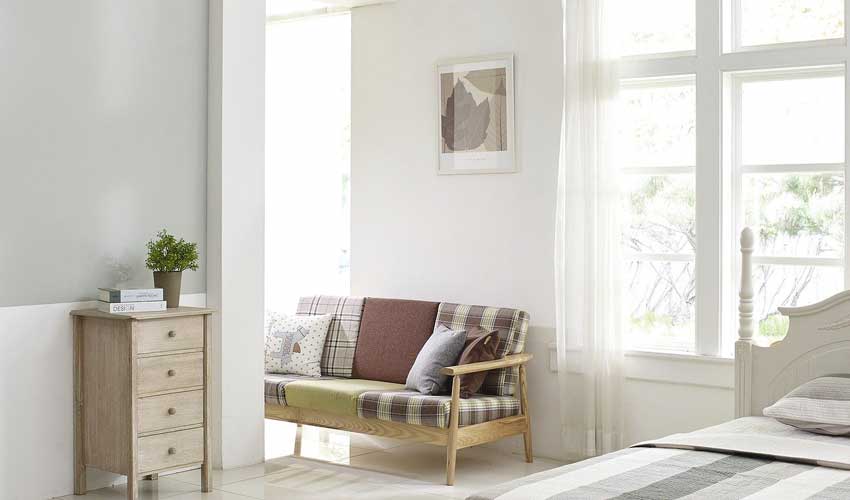Window Materials: What’s Best for Your House?


Window frames and sashes are built with several window materials. Wood, aluminum, and vinyl are the most common. Steel was used a lot in the past and is regaining popularity as new technology has made it more energy-efficient. Solid PVC fiberglass and wood composites are gaining market share, as well. The choice of window material will depend on the look you want, your climate, and your budget.
Vinyl windows tend to be the least expensive. The frame and sash of the window are made from solid extruded PVC. This makes them inexpensive to build and provides a maintenance-free exterior material that does not need painting. The interior surfaces are also PVC and must be painted if you want a color other than white. The shape (profile) of the frame and sash are usually very basic and do not resemble traditional wood windows. This is a stylistic shortcoming, but if you are building on a very tight budget, this issue may not be enough to warrant spending more money on windows with a more substantial look. Vinyl is often the window material of choice for replacement windows. The manufacturing processes is relatively simple and replacement windows can be manufactured locally to specific sized to fit into existing window openings.
Aluminum windows are among the lower cost windows. Aluminum windows used to be very energy-inefficient, and some still are. The aluminum frame can act like a “thermal wick” that would conduct heat out of the house in the winter and in during the summer. Some are now made with a thermal break that isolates the inside metal from the outside metal. This helps reduce the heat transfer. Aluminum house windows are used extensively in warmer climates such as Florida, Arizona, and California. Aluminum is an extruded window material so it lends itself to custom sizes, like vinyl does. It is used for replacement windows for that reason.
Steel windows are making a comeback. Traditionally used in commercial and institutional buildings, metal windows suffered from the same energy inefficiency problems as aluminum windows. Now made with thermal breaks and insulated glass, metal house windows are viable again. Some architectural styles, modernist in particular, are perfect for steel windows.
Wood windows is the most prevalent window material and dominate the market, particularly at the mid to high end. The wood sash and frame provide good insulation while also providing a nice interior finish that can be painted or stained. Wood windows are available with either clear wood on the interior ready for stain or paint, or pre-finished white.
Clear Ponderosa pine is the dominant species of wood used in the construction of wood house windows. It can be stained to resemble other wood species, such as cherry or mahogany. Some manufacturers even offer house windows built from wood species other than pine. Even though these generally carry significant added cost, they can be worth it for rooms that are fully paneled, like a library, or if the other wood trim in the house is going to be some species other than pine or poplar or the trim will be stained.
Composite window materials have gained a market share as the technology continues to improve. Composites made from wood fibers, wood scraps, and ground up knots, are bonded together in a resin and shaped to replace window parts traditionally made of solid wood. Structurally, composite materials are equal to or superior to solid wood. They have two distinct advantages. One is a lower initial cost and the other advantage is they are less prone to warping and shrinking. Composite materials can not be stained and usually are pre-painted during the manufacturing process. If you are looking for windows that are “green” and environmentally responsible, consider composite windows. Because composites are made from the wood materials that would have been discarded in the past, like knots, scraps, and under-sized pieces, they make the most of the available resources. So fewer trees are needed to build them.
I hope this information is helpful to you. You might want to get yourself a copy of my best-seller, Designing Your Perfect House. It is chockfull of valuable tips and advice that will save you many times the cost of the book on your house building or remodeling project. You might also like The Well-Centered Home: Simple Steps to Increase Mindfulness, Self-Awareness, and Happiness Where You Live. It will show you how to make your home a happy place.

